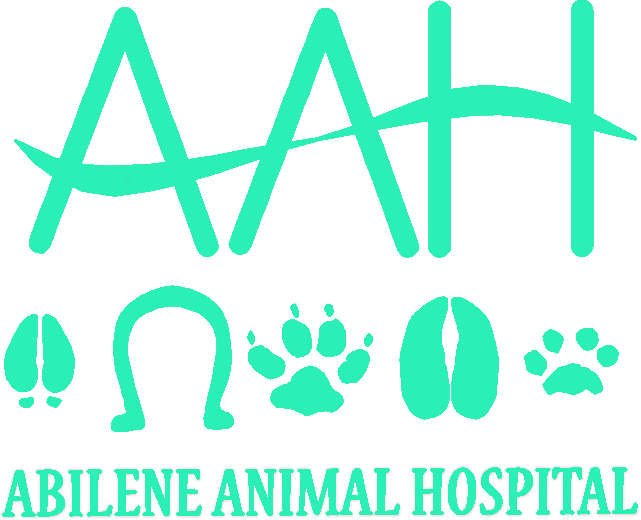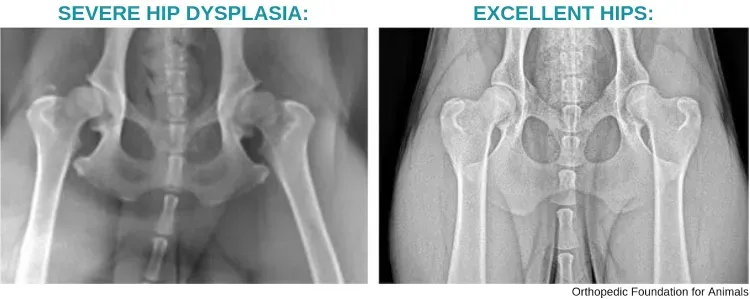PennHip and OFA screening radiographs are the two primary methods for evaluating and assessing hip health for breeders. However, comparing them is difficult because they do not compare the same thing.
PennHip assessments measure the joint laxity (which is known as the distractive index), as well as, the conformation of the hip joint itself. PennHip only gives a percentile index for joint laxity because evaluating the hip conformation is somewhat objective and therefore, more difficult to score without bias.
PennHip radiographs can only be taken and submitted by veterinarians or technicians certified in the PennHip method. Dr. Crandall is certified to perform PennHip radiographs.
OFA evaluates hips and places them into one of seven categories depending on the normal hip conformation. Board certified radiologists grade each radiograph depending on the evidence of arthritis, hip dysplasia, and how well the acetabulum covers the femoral head. There is no actual measurement that takes place that allows comparison of one animal to another. Essentially, OFA measures how deep the hip fits into the socket.
Here at Abilene Animal Hospital, we require that any dog undergoing one of these two assessments is sedated.
This is because if the muscles surrounding the hips are too tense it can not only affect positioning, but also how the femoral head sits into the acetabulum. This can alter the screening results.
There is also a difference in reporting results for these two screenings. PennHip results are a percentile of the distractive index compared to all other dogs of the same breed that have been tested. If a PennHip view is obtained it must be sent in to be evaluated. With OFA, owners can choose to report their results on the public website or not, so there is likely some bias present when comparing within a breed.
The best option is to have both OFA and PennHip assessments performed. This gives the breeder the most information about hip conformation and laxity, which in turn helps determine the best animals to use for breeding. Not all dogs with poor hip conformation or lax hips will develop arthritis or hip dysplasia. However, the poorer the conformation and/or the greater distractive index increases the likelihood of this occurring. This information can help select the proper mate that will best improve overall hip health.


